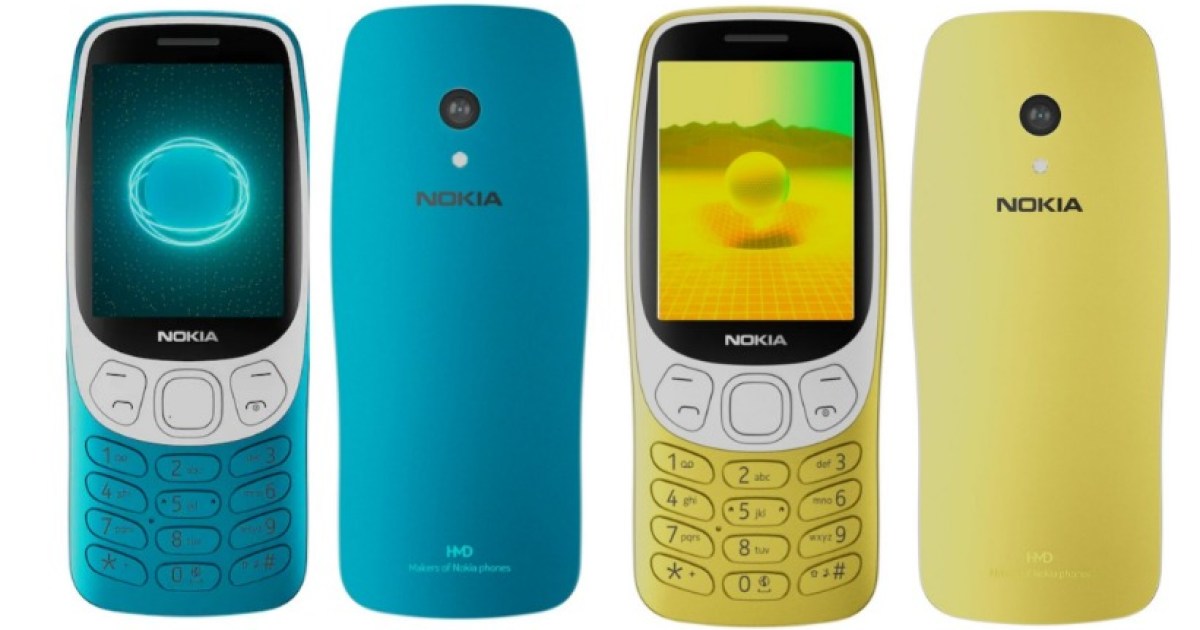Many users report receiving $92.17 from Apple in their bank account. The reason? Pursuant to the 2020 court settlement, which was lifted in the middle of last year, Apple agreed to pay $500 million in damages over the so-called Batterygate.
That means at that point, the company is now free to pay about $92.17 to each of the millions of iPhone owners who signed up as part of a class-action lawsuit launched in 2017. And that's good news because The original 2020 contract was supposed to pay $25, but since the number of signups was lower than expected, The agreed fine ($500 million) will be distributed among fewer people. Some receive multiple payments, one for each iPhone they sue.
Related topics
You can also read: This is the machine that can extract water from air, launched at CES 2024
Antecedents: Slower phones
It all started at the end of 2017, when a group of users explored what was common sense, along with many reports from 2015: over time, iPhone They are slow. The first complaint was that the company had a planned obsolescence plan and that users wanted to update their phones more often.
At the time, what was discovered was that the company was indeed slowing down iPhones (the iPhone 6 being the main victim), but it was doing so because the battery was old and losing capacity. As confirmed by the same company, the aim is to prevent the phone from becoming unstable and restarting when the processor asks for more power than the battery can provide.. But it never made it public, or let users decide what to do, and then implemented it with an operating system update.
Also Read: Razer Offers Its New Gaming Chair With Advanced Experience Functions: We Tell You
Replacement of batteries and payment of fines
Apple then instituted a change in its battery replacement policy for used phones, which is still in place, and cut the cost of replacing a new battery in retail stores by less than half. Apple from around the world (at the time it went from $79 to $29 in the US).
However, the lawsuit continued, and the company agreed to pay $25 to all participants in the class-action lawsuit through 2020, including users. iPhone 6, iPhone 6 plus, iPhone 6s, iPhone 6s Plus, iPhone SE, iPhone 7 and iPhone 7 Plus. In total, the fee was estimated to be between $310 and $500 million.
More news: From a nail-painting robot to an infrared hair dryer: Beauty and technology converge at CES.
This is the second charge the company has made for this issue: It agreed to pay $113 million to California and Alameda counties in 2020. and Los Angeles in the US sued him for the same issue.
You can also read:


:quality(85)/cloudfront-us-east-1.images.arcpublishing.com/infobae/GUDOKSW4URDMRAQCLHZP54673I.jpeg)


:quality(85)/cloudfront-us-east-1.images.arcpublishing.com/infobae/GLHO2KZ3BBGWHGT72ZRTHEAHQ4.jpg)